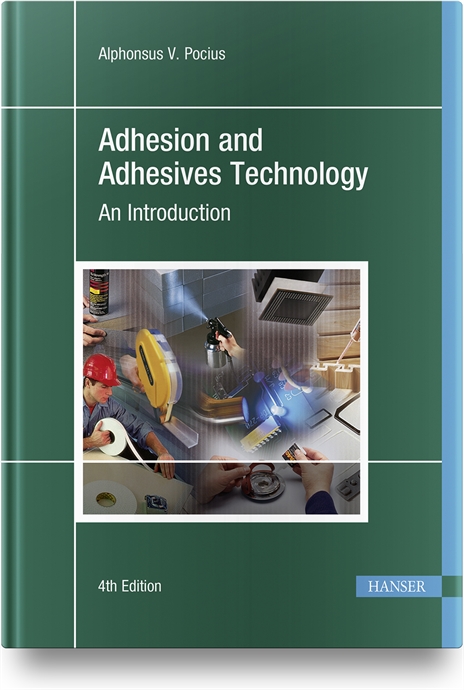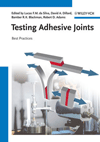Editor’s note: ASSEMBLY magazine is launching three new columns this year. “Bonding Lines,” is dedicated to adhesive bonding and dispensing and is also running in February, May and November.
Adhesives and polymers are traditionally named for their chemical structure or a chemical reactivity site. So it is that acrylics are named for a reactive group that will polymerize. Acrylics are the largest group of “addition” polymers, so called because they add to themselves or other structures that look chemically like an acrylic. They react by a chemical mechanism that differs from epoxies, polyesters or urethanes, in that it requires only one type of monomer instead of two. This reaction can be quite rapid and yields high molecular weights quickly. An acrylic may reach full strength in seconds or hours; other adhesives may require weeks.
This highly energetic reaction chemistry makes it possible for acrylics to co-react with other materials containing an activated carbon-carbon double bond that mimics the acrylic group. Incorporating styrene, unsaturated rubber, or other acrylic resins is relatively easy. This results in a highly variable polymer backbone that allows tailoring acrylic adhesives to meet a wide range of operating needs and conditions.
Acrylic adhesives are often composed of mixed monomers that react to form a co-polymer. Common reactive monomers such as methyl methacrylate and styrene are also solvents in their own right, producing a low-viscosity mix with good solvating ability. In addition, the reactive diluents become part of the reaction mixture, producing very low levels of volatile organic compounds (VOC). The solvating ability provides the acrylic adhesive with some ability to cut through oil, and the low viscosity provides very good surface wetting.
This wetting ability, plus a wide variety of chemical formulations, gives acrylic adhesives their forte: extreme versatility in bonding a wide range of substrates. Acrylic adhesives are available to bond almost any material. They are used with metals, most plastics, composites, and natural or synthetic rubber compounds. Adhesives formulated to bond to olefins, low energy surfaces, and other “non-bondable” surfaces are often acrylics. The wide formulating range also enables wide performance ranges. Acrylic monomers have pendant-modifying groups that change the properties of the polymer. By selecting different monomers, acrylics can be formulated for use from sub-zero environments up to about 350 F, with crosslinking. Toughening agents can be added to increase durability. The acrylic backbone is inherently chemically resistant although extremes of pH are problematic because of attack on the pendant groups.
Long pendant groups, such as afforded by butyl acrylates, produce a very soft polymer. This provides inherent pressure sensitivity. Ethyl- and butyl-acrylate monomers are common in pressure sensitive adhesive (PSA) formulations. Methyl methacrylate and styrene monomers produce high-strength segments for good creep and temperature resistance. Acrylic-based PSAs represent a huge class of adhesives. Structural two-sided tapes allow bonding in the absence of pastes or liquids and with minimal waste. PSAs are used in more applications than any other adhesive, so the technology afforded by acrylic chemistry has helped to build the global adhesives industry.
One of the most revolutionary applications of acrylic chemistry has been the development of resins with photocatalysts that initiate rapid polymerization in response to UV and also, in some cases, to visible light. The latter have a particular advantage in that visible light diffuses more than UV, making it easier to initiate curing through a somewhat opaque barrier. Most UV-curable adhesives and many UV-curable coatings are acrylic-based. Reducing VOC content and eliminating the need for a bake oven are as attractive as the increased processing speed. Light-curing adhesives and coatings represent a considerable “greening” opportunity.
Light-curing technology has been extended to the development of dental restorative resins which can replace traditional mercury amalgams in many applications. This has an obvious benefit to the long-term health of the patient and eliminates exposure to mercury for dental practitioners. These resins further demonstrate the advances that have been made in odor control for acrylic adhesives. Newer formulations are noticeably easier on the senses than previous systems.
Speed and versatility are two attributes that are hard to beat in the adhesives industry. Joining two materials quickly and reliably provides a tremendous manufacturing asset. Their ability to build strength quickly and tolerate imperfect surfaces, combined with a broad service operating range, allows acrylic adhesives to provide new manufacturing possibilities for many industries.


